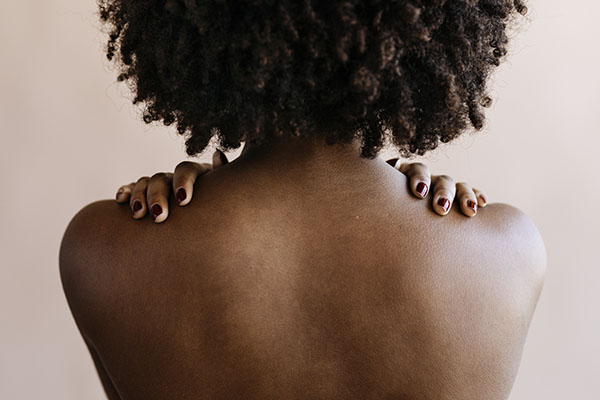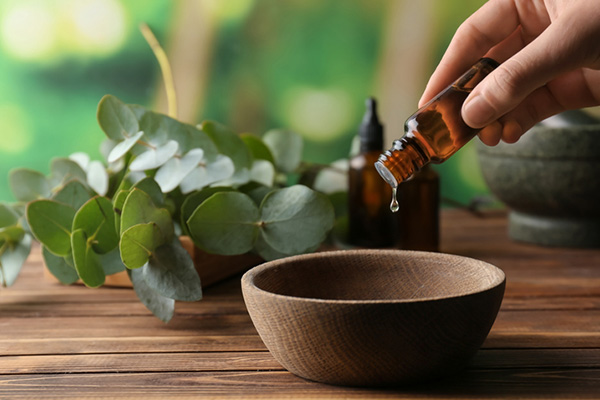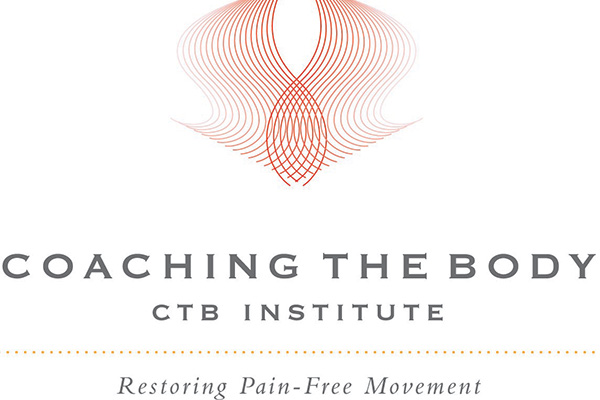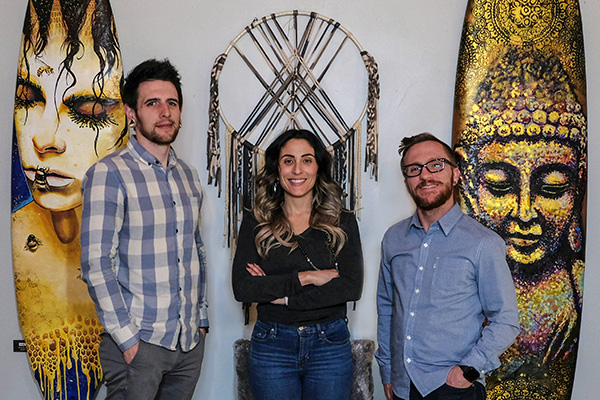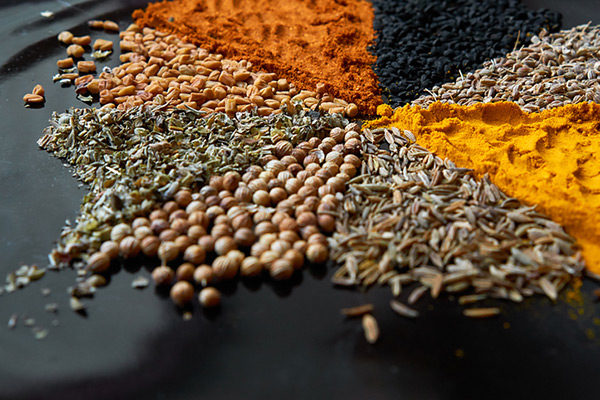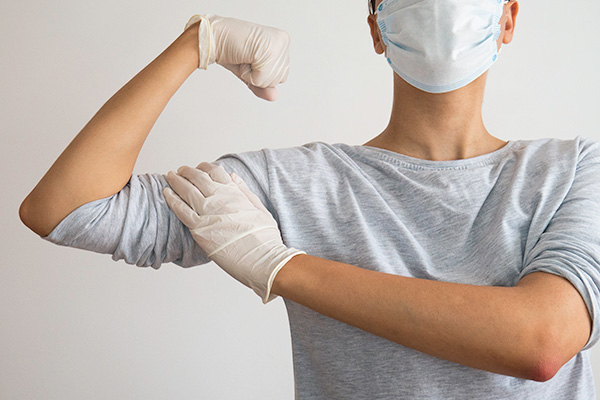You probably have seen pictures of COVID toe. Have you seen it on Black or Brown toes—even though those populations are disproportionately affected by the infection? Among about a gazillion other things, 2020 has shone a stronger-than-previous spotlight on systemic racism in the United States, and how inherently biased approaches to many aspects of life in our culture favor white people—whether they know it or not.
Latest From ABMP

We spoke with Masoud Zhian, CEO & Co-founder of SoapNotesPRO, to see what makes the SoapNotesPRO app a valuable resource for massage therapists and bodyworkers.
